Home>Interior Design>How To Mix Traditional And Modern Design – According To Studio Shamshiri
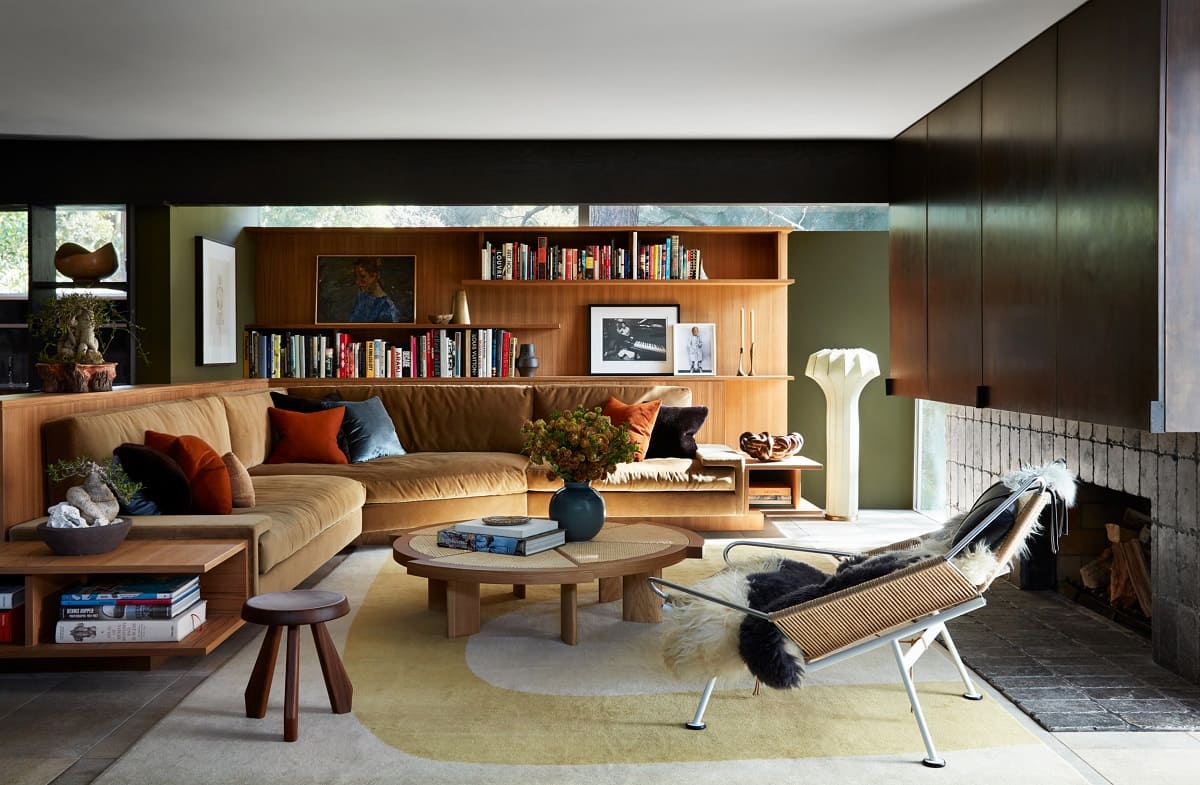

Interior Design
How To Mix Traditional And Modern Design – According To Studio Shamshiri
Modified: August 28, 2024
Learn how to expertly blend traditional and modern design in your interior with the guidance of Studio Shamshiri, renowned experts in interior design.
(Many of the links in this article redirect to a specific reviewed product. Your purchase of these products through affiliate links helps to generate commission for Storables.com, at no extra cost. Learn more)
Introduction
When it comes to interior design, there is a myriad of styles and approaches to choose from. While some homeowners lean towards traditional design, others prefer a more modern and contemporary aesthetic. But what if you could have the best of both worlds? Mixing traditional and modern design elements can bring a unique and harmonious balance to your space, creating a visually stunning and inviting environment.
Studio Shamshiri, a renowned interior design firm, is known for seamlessly blending traditional and modern design in their projects. By understanding the essence of each style and finding common ground between them, they create spaces that are both timeless and contemporary. Join us as we delve into the principles and techniques used by Studio Shamshiri to achieve this perfect blend of traditional and modern design.
Key Takeaways:
- Embrace the timeless beauty of traditional design and the allure of modern simplicity to create a visually captivating and harmonious interior that reflects your unique style and personality.
- Find common ground between traditional and modern design by focusing on functionality, embracing neutral colors, and balancing furniture styles and textures to seamlessly integrate the best elements of each style.
Understanding Traditional Design
Traditional design is known for its classic and timeless appeal. It draws inspiration from historic styles and embraces intricate details, rich textures, and ornate craftsmanship. The key elements of traditional design include:
- Furniture: Traditional furniture often features curved lines, carved woodwork, and plush upholstery. Pieces tend to be larger in scale and made of high-quality materials such as mahogany, cherry, or walnut.
- Colors: Traditional color palettes are warm and inviting, with earth tones and deep hues taking center stage. Think rich shades of burgundy, gold, navy, and forest green.
- Patterns: Traditional design embraces patterns such as damask, floral, and toile. These patterns are often seen on upholstery, wallpaper, and curtains, adding a touch of elegance and sophistication to the space.
- Textiles: Luxurious fabrics like silk, velvet, and brocade are commonly used in traditional design. They add a sense of opulence and visual interest to the space.
- Accessories: Traditional design incorporates a variety of accessories, such as chandeliers, ornate mirrors, and antique decor items. These accessories contribute to the overall grandeur and character of the space.
By understanding the key elements of traditional design, you can begin to appreciate its timeless beauty and how it can be integrated with modern elements for a harmonious and captivating interior.
Exploring Modern Design
Modern design, also known as contemporary design, embraces simplicity, clean lines, and a minimalist approach. It is characterized by the following features:
- Furniture: Modern furniture often features sleek and streamlined designs. It focuses on functionality and prioritizes clean lines and geometric shapes over intricate details. Materials like metal, glass, and polished wood are commonly used.
- Colors: Modern design incorporates neutral colors, such as whites, grays, and blacks, to create a clean and understated look. Bold pops of color may also be used as accents to infuse liveliness into the space.
- Materials: Modern design showcases materials like steel, concrete, and frosted or transparent glass. These materials convey a sense of modernity and industrial aesthetics.
- Open Floor Plans: Modern design often favors open floor plans, creating a seamless flow between different areas of the home. This open and airy layout adds to the sense of spaciousness.
- Technology Integration: With the rise of smart homes, modern design incorporates elements of technology seamlessly into the space. This includes features like integrated lighting systems, automated window treatments, and smart appliances.
Exploring modern design allows us to appreciate its simplicity, functionality, and focus on contemporary aesthetics. It sets the stage for seamlessly blending with traditional design elements to create a cohesive and visually pleasing interior.
Finding Common Ground
While traditional and modern design may seem like polar opposites, there are actually several ways to find common ground between the two styles. The goal is to create a harmonious balance that celebrates the best elements of both aesthetics. Here are some tips for finding common ground:
- Focus on Functionality: Both traditional and modern design prioritize functionality. By ensuring that each element serves a purpose and meets your needs, you can create a space that seamlessly integrates both styles.
- Embrace Neutral Colors: Neutral color palettes are a great way to bridge the gap between traditional and modern design. Incorporate shades like whites, creams, and grays as a base, and then layer in pops of color or traditional patterns for added visual interest.
- Use Contrasting Elements: Introduce contrasting elements to add depth and intrigue. For example, pairing a traditional wooden dining table with sleek modern chairs can create a visually appealing juxtaposition.
- Keep it Simple: Both traditional and modern design value simplicity in their own ways. Keep the overall aesthetic clean and uncluttered, allowing the key design elements to shine.
- Mix Textures: Combine different textures to add dimension to the space. For example, pairing a velvet traditional sofa with a sleek leather accent chair can create a visually interesting and balanced composition.
- Consider Scale: Pay attention to the scale and proportion of the furniture and accessories. Find a balance between larger-scale traditional pieces and sleek, streamlined modern elements.
By finding common ground between traditional and modern design, you can create a space that is both visually stunning and functionally practical. The key is to strike a balance and seamlessly integrate the best elements of each style.
Balancing Traditional and Modern Elements
Creating a harmonious balance between traditional and modern elements is crucial to achieving a cohesive and visually pleasing interior. Here are some key strategies for balancing the two styles:
- Start with the Foundation: Consider the architectural elements of your space and use that as a starting point. For example, if you have traditional crown molding or a modern exposed brick wall, let that dictate the overall design direction.
- Choose a Dominant Style: Decide whether you want the space to lean more towards traditional or modern design. This will help establish the dominant style and guide your design choices.
- Integrate Transitional Pieces: Transitional pieces are those that bridge the gap between traditional and modern design. Incorporate furniture and decor items with clean lines and subtle traditional details, such as a modern sofa with traditional button tufting.
- Consider the Visual Weight: Balance the visual weight of the furniture and accessories in the space. If you have a larger traditional centerpiece, such as an ornate grandfather clock, offset it with lighter and more streamlined modern pieces.
- Layer Textures: Combine different textures to create visual interest and balance. For example, pair a smooth modern glass coffee table with a traditional woven rug to add warmth and depth to the space.
- Use Color Harmoniously: Choose a color scheme that harmonizes with both traditional and modern elements. Consider a neutral palette with pops of color or traditional patterns to establish a cohesive look.
- Create Zones: Separate different areas of the space into zones, each with its own predominant style. This allows for a seamless transition between traditional and modern design without feeling disjointed.
By carefully balancing traditional and modern elements, you can create an interior that is visually captivating and thoughtfully curated. Remember to trust your instincts and experiment with different combinations until you find the perfect balance for your space.
Incorporating Traditional Patterns and Textures
One of the key ways to infuse traditional design into a modern space is by incorporating traditional patterns and textures. These elements add depth, warmth, and a timeless appeal to the overall design. Here are some tips for incorporating traditional patterns and textures:
- Walls and Floors: Use wallpaper with classic patterns like damask, toile, or floral prints to create an accent wall or cover an entire room. For the flooring, consider traditional patterned tiles, hardwood floors with intricate detailing, or plush carpets with traditional motifs.
- Upholstery and Fabrics: Incorporate traditional patterns and textures through upholstered furniture, throw pillows, curtains, and rugs. Look for fabrics with paisley, stripes, plaids, or botanical patterns to add visual interest and a touch of tradition.
- Wall Art and Accessories: Choose traditional artwork, such as landscapes, portraits, or still-life paintings, to adorn your walls. Consider incorporating decorative items like traditional vases, figurines, or ornate frames to add a classic touch.
- Window Treatments: Select curtains or drapes with traditional patterns, such as damask, brocade, or jacquard. These luxurious fabrics will elevate the space and bring a sense of grandeur.
- Textured Finishes: Incorporate traditional textures through finishes like textured walls or ceilings. Consider using techniques such as stucco, faux finishes, or beadboard to add depth and character to the space.
- Mixing Texture and Pattern: Play with different textures and pattern combinations to create visual interest. For example, pair a traditional patterned rug with a modern leather sofa to create an eclectic and harmonious design.
By incorporating traditional patterns and textures, you can add depth and character to your modern space. Don’t be afraid to experiment and combine different elements to create a unique and visually stunning interior.
When mixing traditional and modern design, focus on creating a cohesive color palette and incorporating traditional elements in a modern way, such as using antique furniture in a minimalist space. This creates a balanced and harmonious design.
Using Modern Colors and Materials
Incorporating modern colors and materials is a key component of blending traditional and modern design. Modern design embraces a clean and minimalist aesthetic, which can be balanced with traditional elements to create a cohesive and visually appealing space. Here are some tips for using modern colors and materials:
- Neutral Color Palette: Stick to a neutral color palette for the base of your design. Shades like whites, grays, and creams can create a clean and sleek canvas that allows traditional elements to stand out.
- Bold Accent Colors: Introduce pops of bold and vibrant colors to add energy and visual interest. Modern design often incorporates vibrant hues like blues, yellows, and oranges to create focal points in the space.
- Sleek and Shiny Materials: Modern design is known for its use of sleek and shiny materials. Incorporate materials like stainless steel, glass, and acrylic for a contemporary touch. For example, consider using a glass-top dining table or a chrome lighting fixture.
- Minimalistic Furniture: Choose modern furniture pieces with clean lines, smooth surfaces, and minimal embellishments. Opt for materials like leather, polished wood, or metal that exude a modern aesthetic.
- Transparent and Translucent Elements: Introduce transparent or translucent elements, such as glass panels, acrylic chairs, or lucite accents. These materials add a sense of lightness and transparency to the space.
- Textured and Natural Materials: Blend modern design with traditional by incorporating natural materials like wood or stone. Whether it’s a wooden accent wall or a stone fireplace surround, these elements add warmth and organic textures to the space.
- Mixing Modern and Traditional Materials: Combine modern and traditional materials to create a balanced look. For example, pair a traditional wooden dining table with modern chairs upholstered in leather or a vintage-style chandelier with sleek metal accents.
By using modern colors and materials, you can create a fresh and contemporary backdrop that allows traditional elements to shine. Remember to strike a balance between the two styles to achieve a cohesive and inviting space.
Mixing Traditional and Modern Furniture
Mixing traditional and modern furniture is a key aspect of achieving a harmonious blend of design styles. By combining pieces from different eras, you can create a unique and eclectic look that showcases the best of both worlds. Here are some tips for mixing traditional and modern furniture:
- Find Common Ground: Look for design elements that overlap between traditional and modern furniture. This could be a shared color palette, similar lines or shapes, or even materials that complement each other.
- Focus on Proportions: Pay attention to the proportions of the furniture pieces. Mix larger traditional furniture with sleek and compact modern pieces to create a balanced and visually interesting composition.
- Choose a Focal Point: Select one standout furniture piece to serve as the focal point of the space. This could be a traditional statement sofa paired with modern accent chairs or a modern dining table surrounded by traditional high-back chairs.
- Create Contrast: Introduce contrast by juxtaposing different styles. For example, pair a modern minimalist coffee table with a vintage or intricately carved traditional side table. This contrast adds visual interest and keeps the space from feeling too homogeneous.
- Consider Upholstery: Reupholstering traditional furniture pieces in modern fabrics can give them a fresh and contemporary look. Likewise, upholstering modern furniture in traditional fabrics can add a touch of elegance and charm.
- Add Accents and Accessories: Use accessories to tie traditional and modern furniture together. Incorporate decorative items, such as throw pillows, rugs, or artwork, that feature a mix of traditional and modern elements to create a cohesive look.
- Experiment with Placement: Be open to experimenting with the placement of furniture. Consider arranging traditional and modern pieces in unexpected ways, such as placing a traditional vanity in a modern bathroom or adding a modern desk to a traditional living room.
By mixing traditional and modern furniture, you can create an eclectic and visually intriguing space that reflects your personal style. Remember to strike a balance and select pieces that complement each other to achieve a harmonious design.
Integrating Traditional and Modern Artwork
Integrating traditional and modern artwork is an excellent way to blend the two design styles seamlessly and add personality to your space. Artwork serves as a focal point and can bring character and depth to any interior. Here are some tips for integrating traditional and modern artwork:
- Create an Art Gallery: Mix traditional and modern artwork by creating a gallery wall. Combine different styles, sizes, and mediums to create an eclectic and visually stimulating display.
- Pair Contrasting Pieces: Juxtapose traditional and modern artwork side-by-side to create a striking contrast. For example, hang a classic landscape painting next to an abstract modern piece to create an intriguing visual dialogue.
- Select a Unified Theme: Choose a theme that can be interpreted in both traditional and modern ways. This could be a subject matter, color palette, or concept that ties the pieces together, creating a cohesive and harmonious display.
- Consider Scale and Placement: Pay attention to the scale and placement of artwork in relation to the surrounding furniture and decor. Larger traditional artwork can be a focal point on a feature wall, while smaller modern pieces can be displayed in groupings or on shelves.
- Mix Frames: Experiment with mixing traditional ornate frames and modern minimalistic frames. The contrast in frames can enhance the visual appeal of the artwork and add visual interest to the space.
- Commission Custom Artwork: Consider commissioning artists who can create custom pieces that incorporate elements of both traditional and modern design. This way, you can have artwork that perfectly matches your desired blend of styles.
- Think Beyond Paintings: Artwork is not limited to paintings only. Explore other mediums like sculptures, ceramics, photography, or mixed media to add variety and depth to your art collection.
Integrating traditional and modern artwork allows you to express your artistic taste and create a visually captivating space. By blending different styles, themes, and mediums, you can curate a unique and cohesive art collection that truly reflects your personal style.
Combining Traditional and Modern Lighting
Combining traditional and modern lighting is a fantastic way to enhance the overall ambiance of your space and create a harmonious blend of design styles. Lighting serves as both a functional and decorative element, setting the mood and highlighting key areas of your interior. Here are some tips for combining traditional and modern lighting:
- Mix Different Lighting Fixtures: Combine traditional chandeliers, sconces, or pendant lights with modern recessed lighting or track lighting. This combination adds depth and layers of illumination to your space.
- Consider the Function: Determine the purpose of each space and choose lighting fixtures accordingly. For example, a traditional chandelier can be a striking focal point in a dining room, while modern task lighting works well in a home office.
- Blend Styles with Lampshades: Incorporate lampshades that feature a mix of traditional and modern patterns or materials. This allows you to infuse both design styles into your lighting scheme without overwhelming the space.
- Highlight Architectural Features: Use lighting to highlight architectural elements of your space. For example, install modern track lighting to illuminate a traditional fireplace or use traditional picture lights to highlight a modern artwork.
- Create Layers of Lighting: Combine a mix of ambient, task, and accent lighting to create layers of light. This not only adds depth and visual interest but also allows for flexibility in setting the desired mood for different occasions.
- Think Outside the Box: Don’t be afraid to get creative with your lighting choices. Consider integrating unique and unconventional lighting fixtures that blur the lines between traditional and modern design.
- Use Dimmers: Install dimmer switches to control the intensity of the lighting in your space. This allows you to adjust the ambiance and create different moods, whether you want a bright and lively atmosphere or a soft and cozy glow.
By combining traditional and modern lighting, you can create a dynamic and visually captivating space. Remember to consider the function of each area, blend different fixtures and styles, and use lighting to highlight architectural features and decor elements.
Creating a Cohesive Space with Accessories
Accessories play a significant role in tying together the different design elements in a space and adding a finishing touch to the overall decor. When blending traditional and modern design styles, accessories become an essential tool for creating a cohesive and harmonious space. Here are some tips for using accessories to achieve a cohesive look:
- Select a Unifying Theme: Choose a theme, color palette, or concept that can be woven throughout the space through accessories. This allows for a cohesive and visually appealing design story.
- Combine Traditional and Modern Elements: Look for accessories that embody both traditional and modern design elements. For example, mix antique vases with sleek modern sculptures or display traditional figurines on a modern console table.
- Use Mirrors Strategically: Mirrors not only add an element of functionality but can also enhance the aesthetic appeal of a space. Choose mirrors with frames that complement the overall design style and strategically place them to reflect light and create the illusion of more space.
- Showcase Personal Collections: Incorporate your personal collections into the decor to add a touch of personality and tell your unique story. Display them on shelves, in glass cabinets, or as wall art to create a visually interesting focal point.
- Layer Textures: Use a variety of textures in your accessories to create depth and visual interest. Combine smooth and glossy finishes with rough or textured materials to add tactile appeal to the space.
- Pay Attention to Placement: Consider the placement of accessories in relation to the surrounding furniture and decor. Arrange them in groups of odd numbers or in a triangular shape to create a sense of balance and visual harmony.
- Play with Scale: Incorporate accessories in varying scales to add visual impact and create an engaging composition. Mix larger statement pieces with smaller decorative accents for a visually dynamic display.
By using accessories thoughtfully, you can create a cohesive space that seamlessly blends traditional and modern design elements. Remember to select items that align with your design theme, play with textures and placement, and infuse your personal style to make the space truly your own.
Conclusion
Blending traditional and modern design elements can create a visually stunning and harmonious interior that combines the best of both worlds. The key to successfully marrying these two styles lies in understanding their essence and finding common ground between them. By following the principles and techniques used by renowned design firm Studio Shamshiri, you can achieve a cohesive and captivating space that reflects your unique style and personality.
Understanding traditional design allows you to appreciate its timeless beauty and embrace elements such as intricate details, rich textures, and ornate craftsmanship. On the other hand, exploring modern design unveils the allure of simplicity, clean lines, and a minimalist approach. By finding common ground, such as focusing on functionality and embracing neutral colors, you can seamlessly integrate traditional and modern elements into your space.
Balance is key when mixing traditional and modern design. Balancing furniture styles, proportions, and textures creates a visually interesting and well-composed interior. Adding traditional patterns and textures, as well as using modern colors and materials, further enhances the overall aesthetic. Incorporating traditional and modern artwork, lighting, and accessories brings depth and character to the design, creating a cohesive and inviting space.
Ultimately, the combination of traditional and modern design styles allows you to create a truly unique and personalized interior. By carefully selecting and integrating elements from both styles, you can achieve a space that not only stands the test of time but also reflects your personal taste and aesthetic preferences.
So whether you’re drawn to the elegance of traditional design or the sleekness of modern aesthetics, don’t be afraid to blend these styles together. Let Studio Shamshiri’s expertise inspire you to create a space that is both timeless and contemporary, where traditional charm meets modern sophistication.
Frequently Asked Questions about How To Mix Traditional And Modern Design - According To Studio Shamshiri
Was this page helpful?
At Storables.com, we guarantee accurate and reliable information. Our content, validated by Expert Board Contributors, is crafted following stringent Editorial Policies. We're committed to providing you with well-researched, expert-backed insights for all your informational needs.
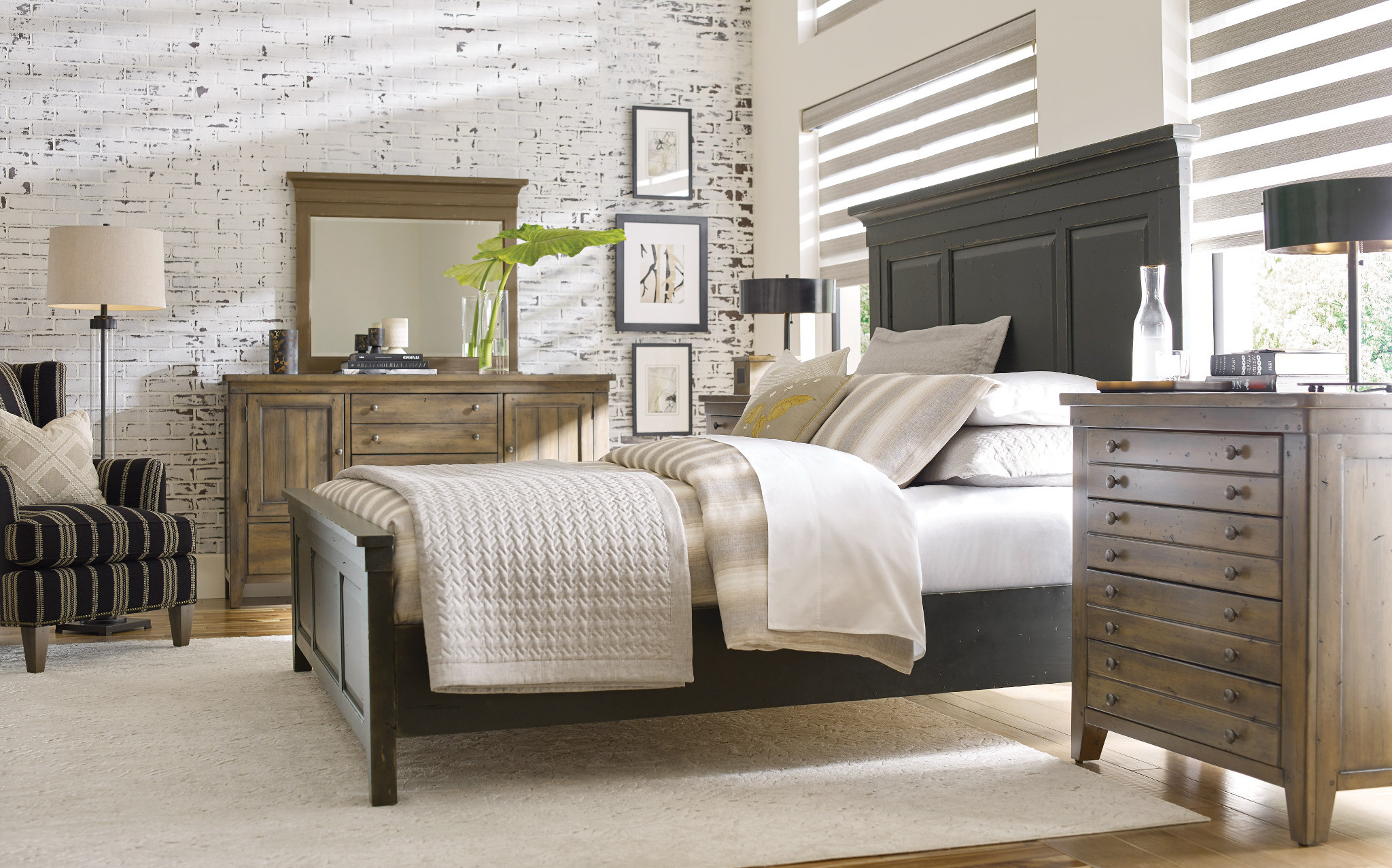
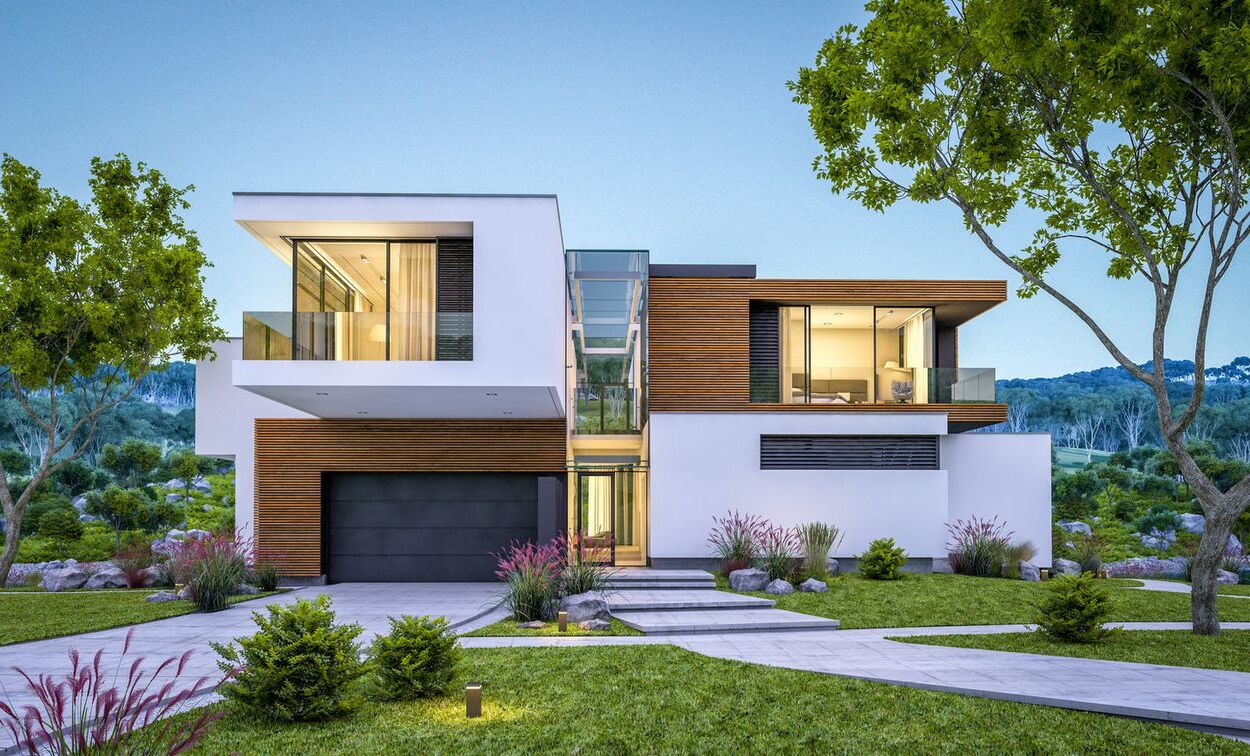
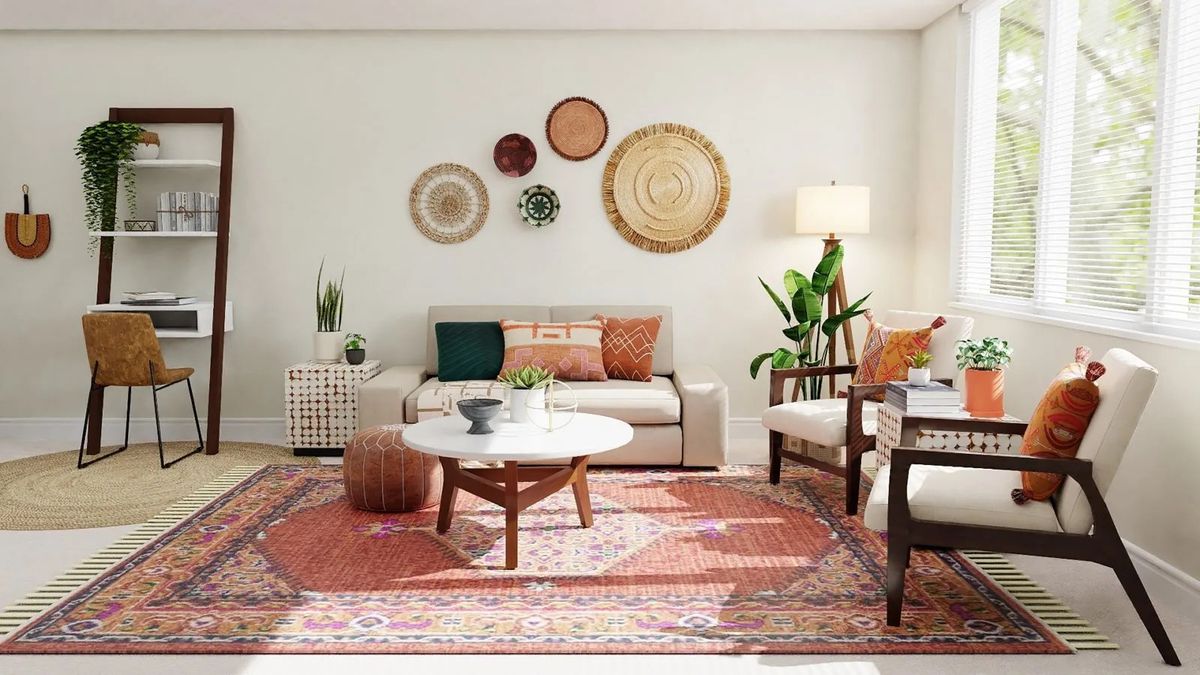
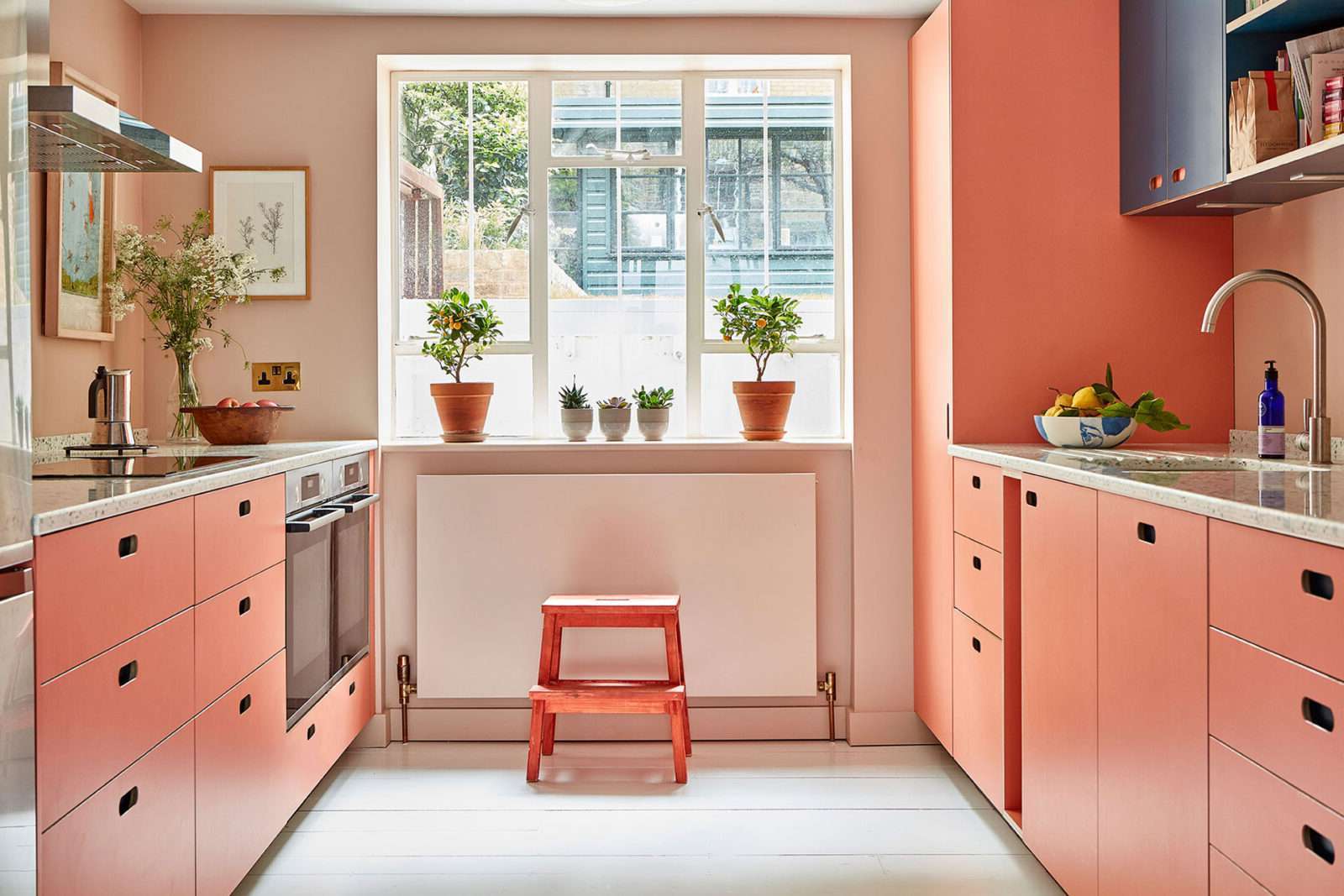
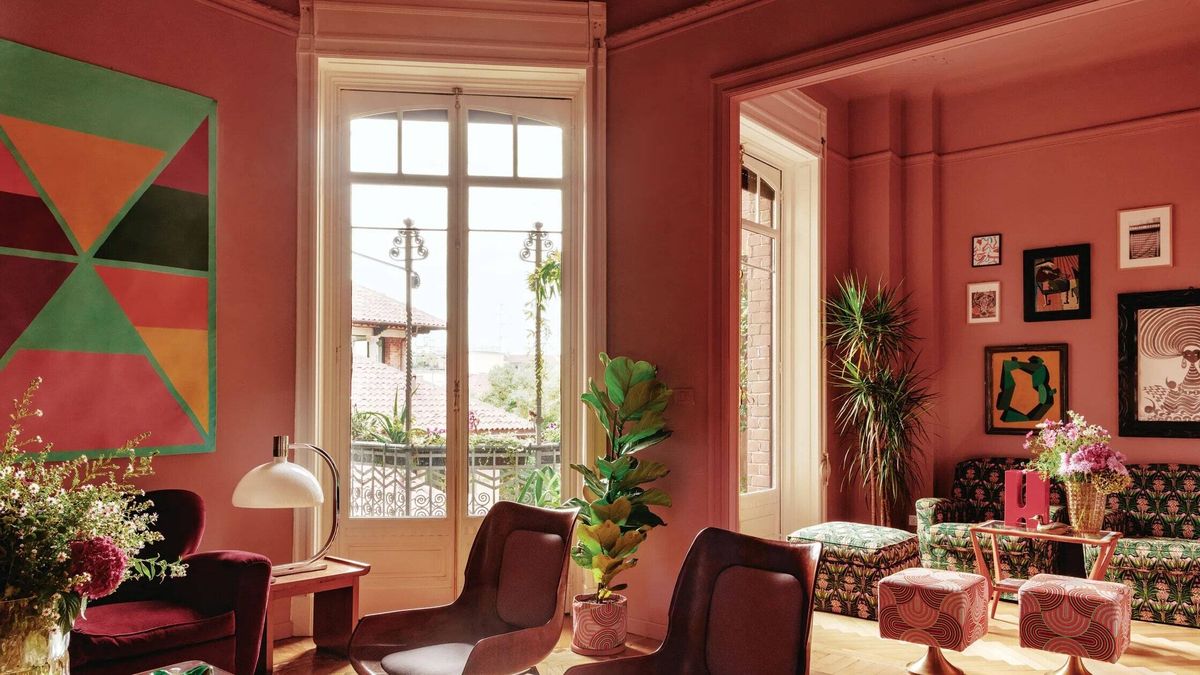
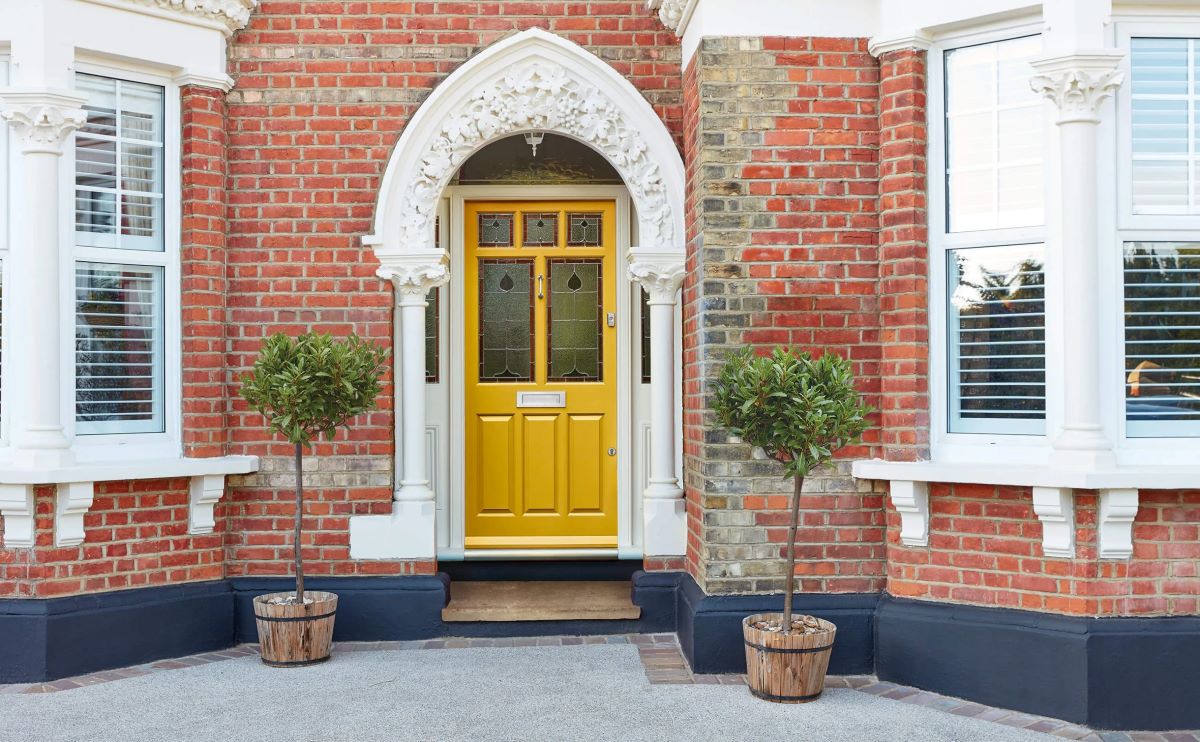
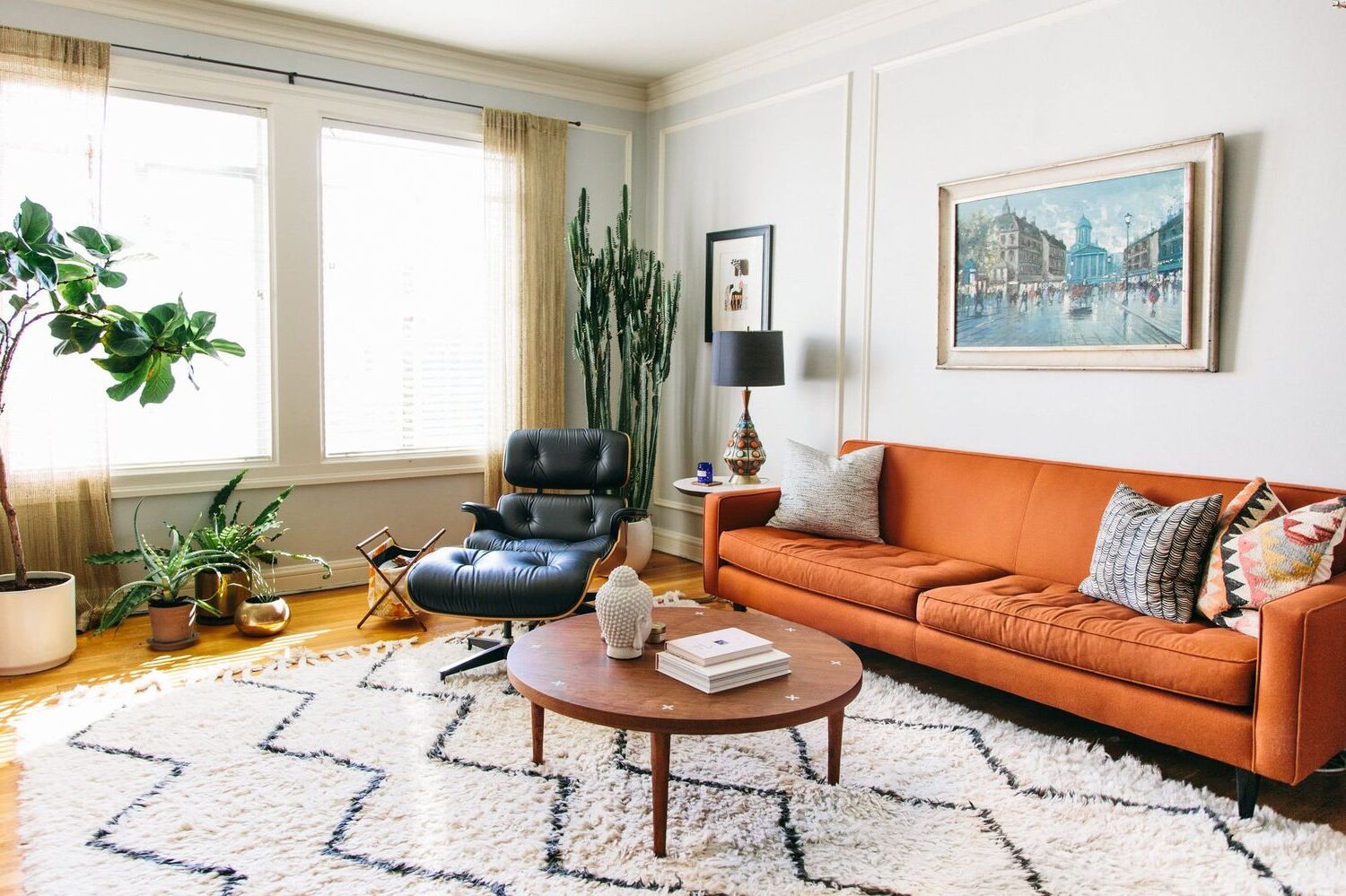
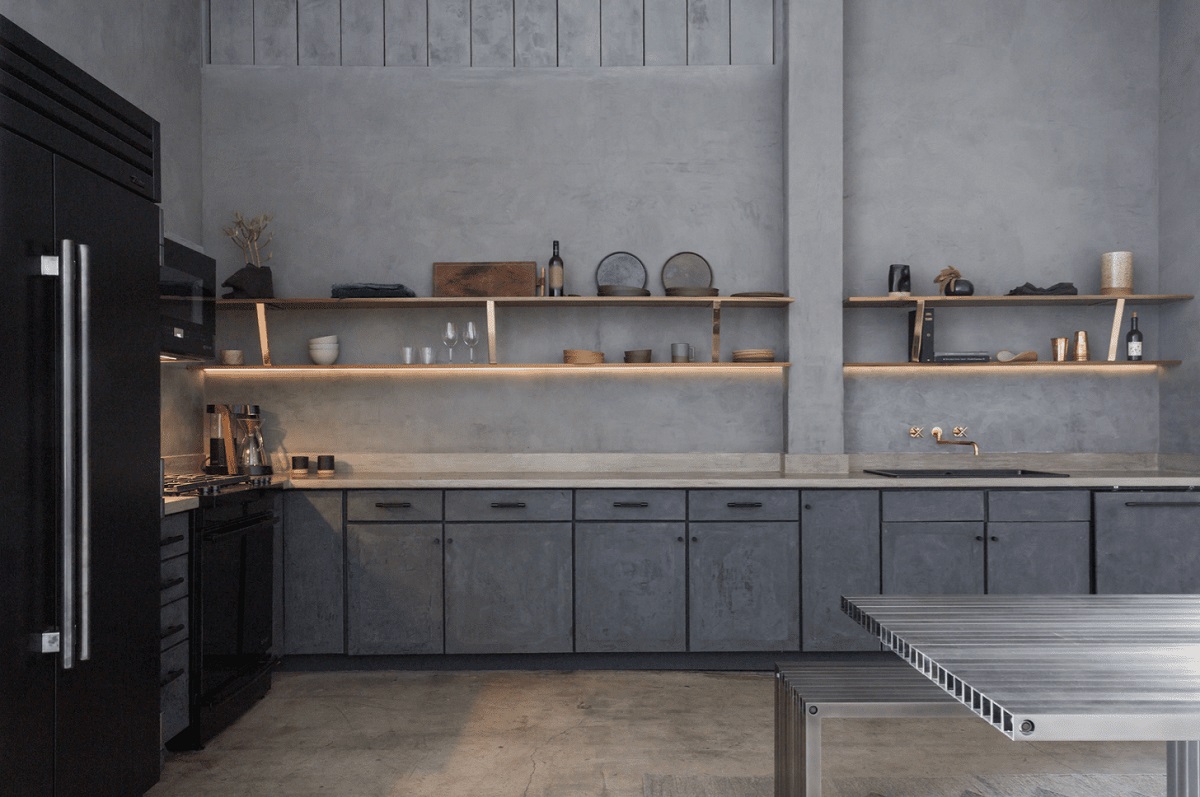
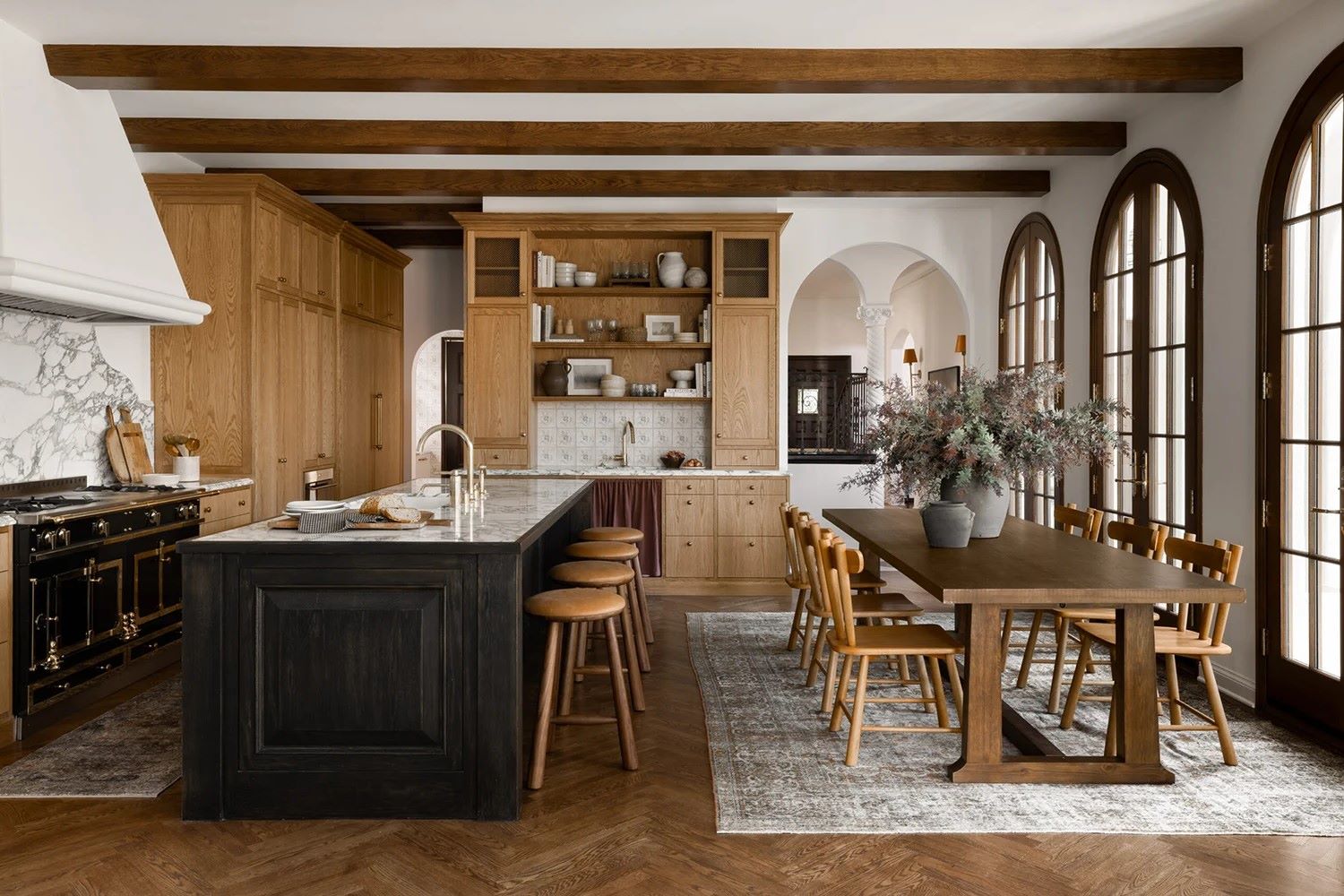
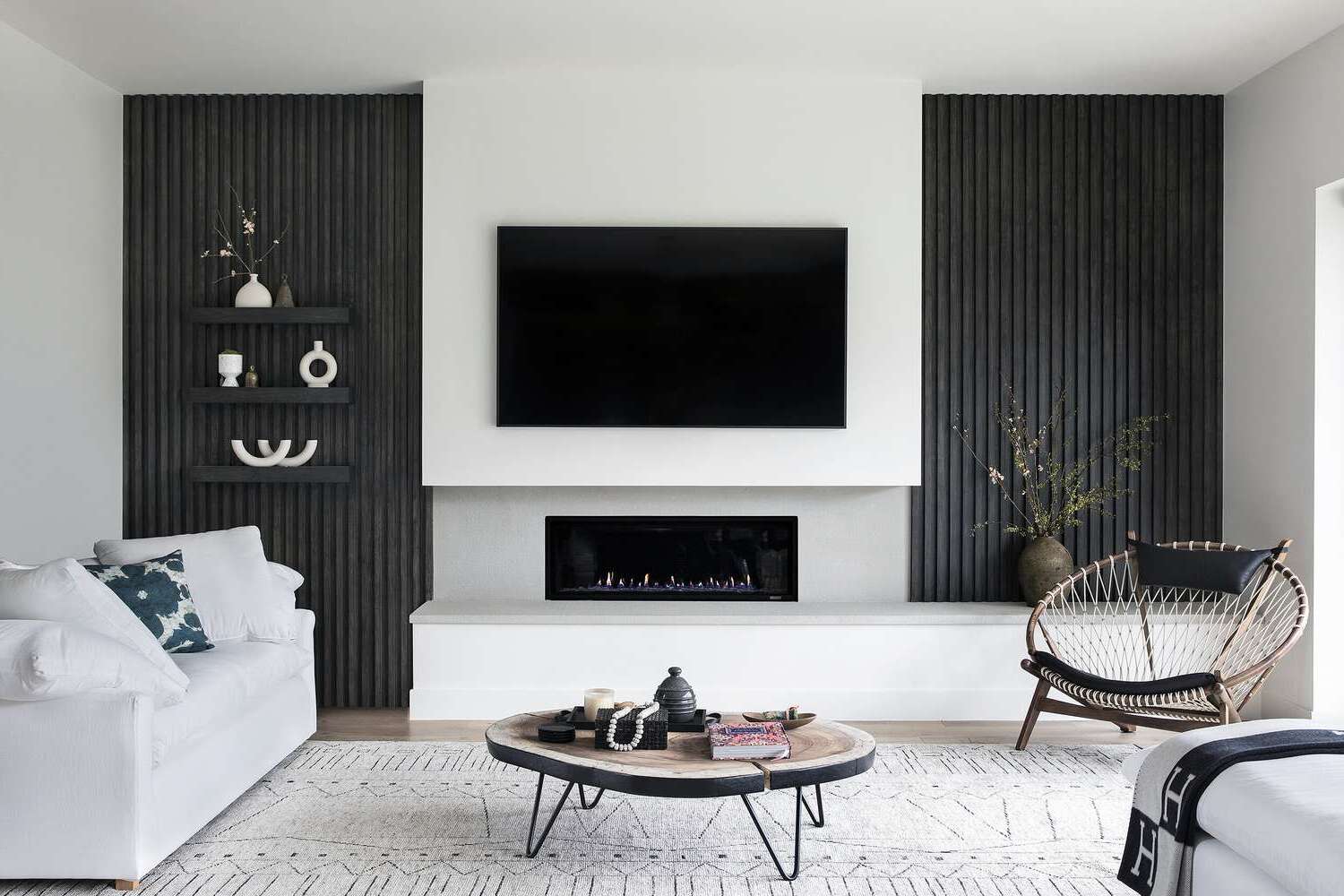
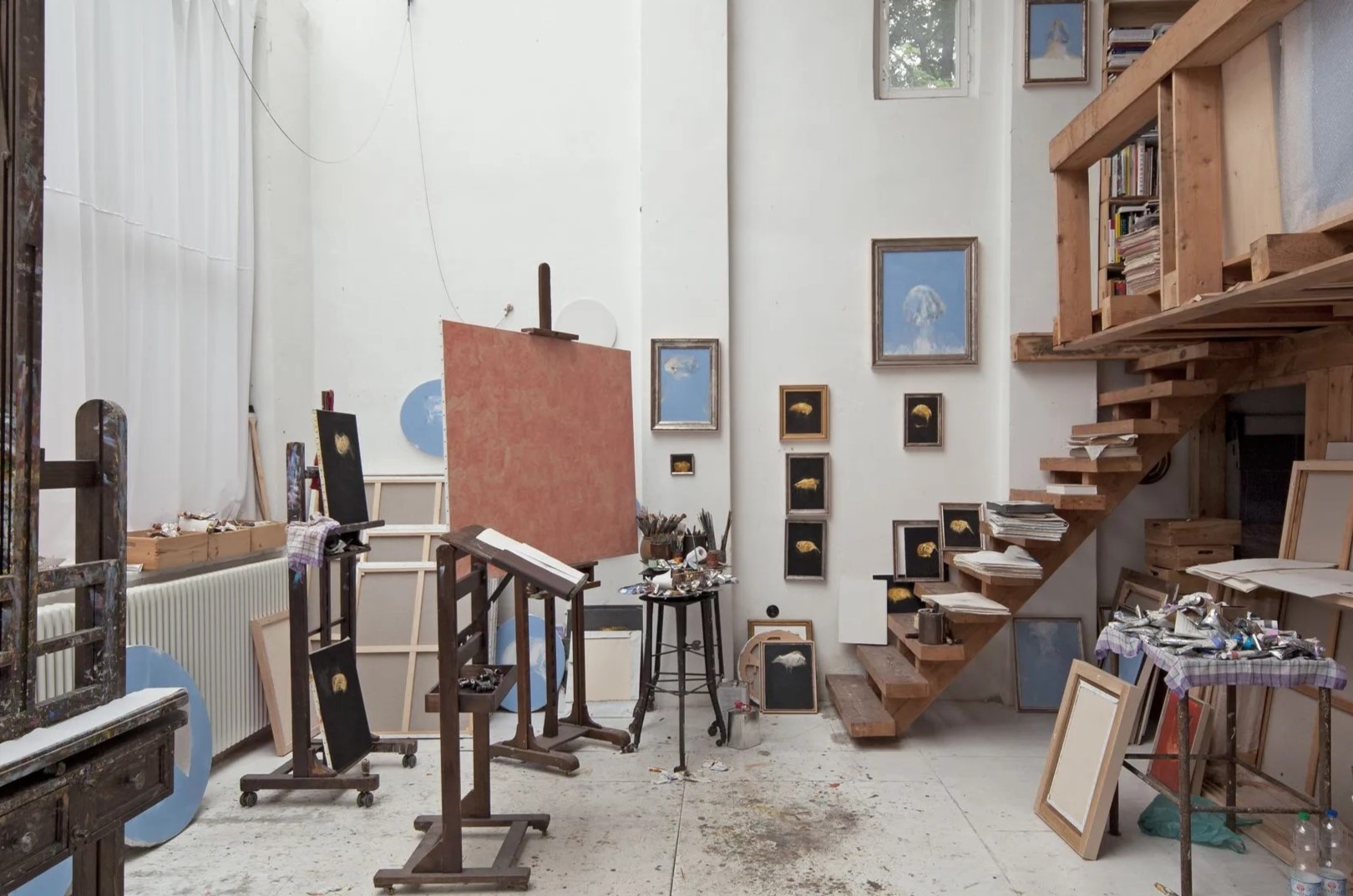
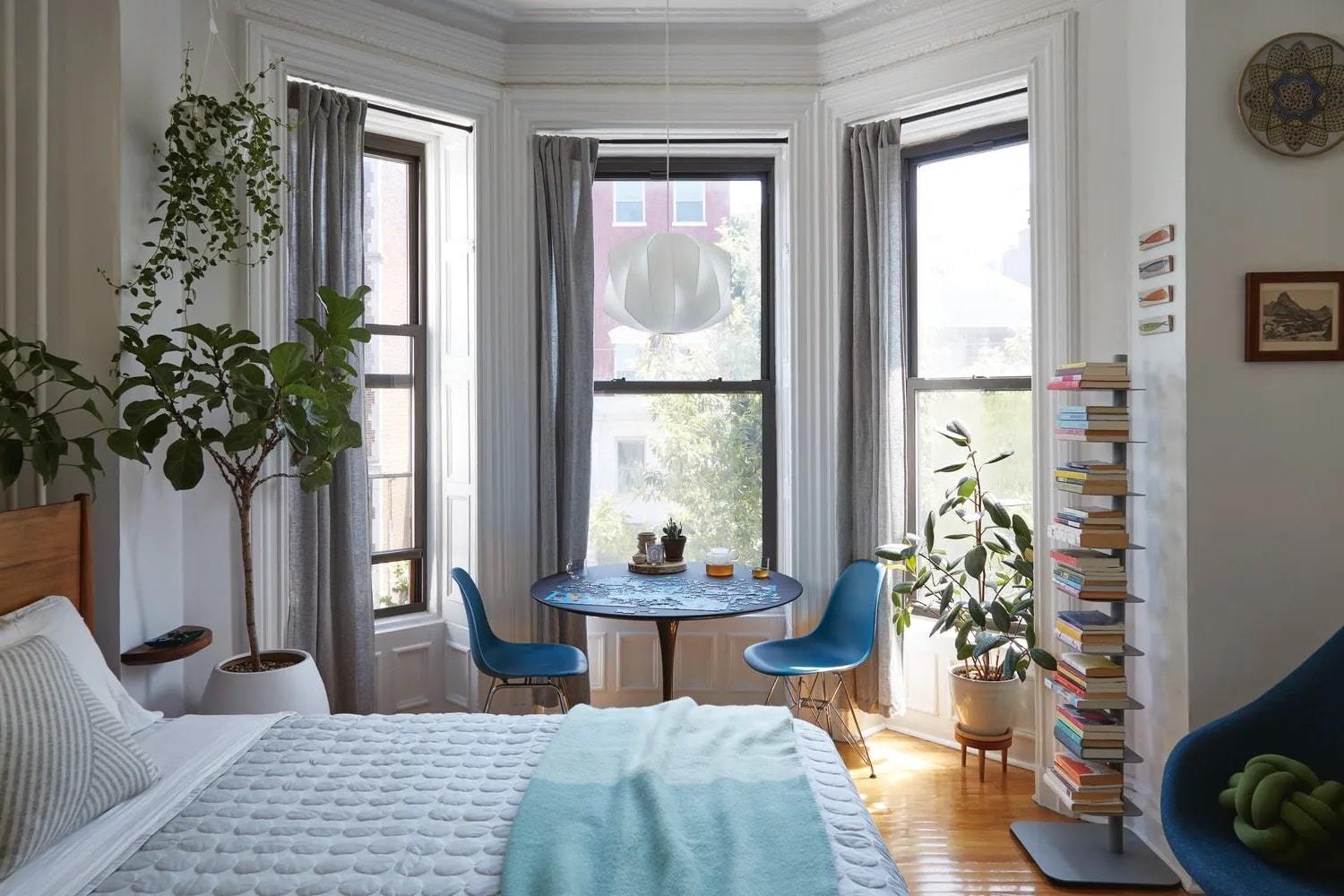
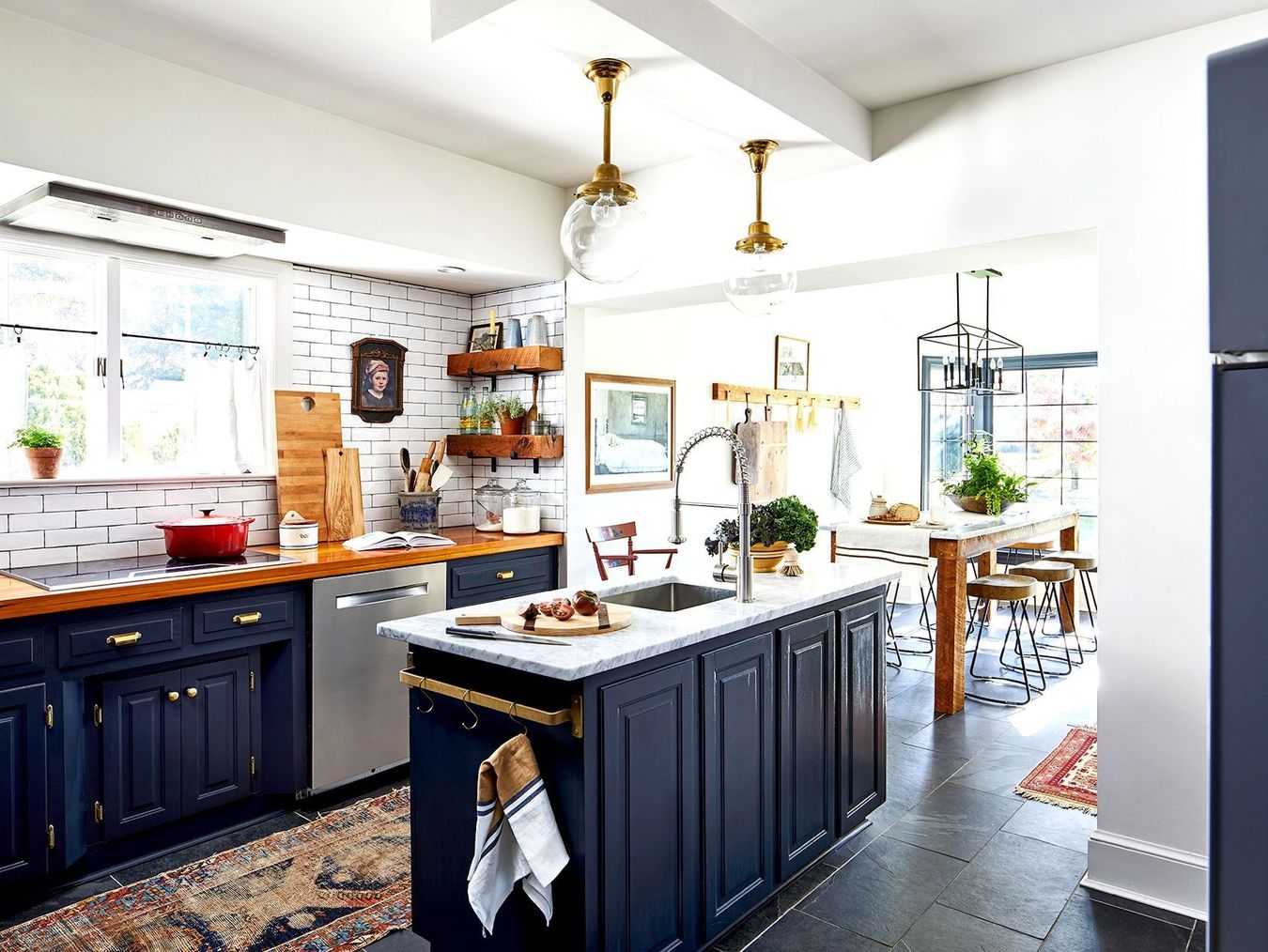

0 thoughts on “How To Mix Traditional And Modern Design – According To Studio Shamshiri”